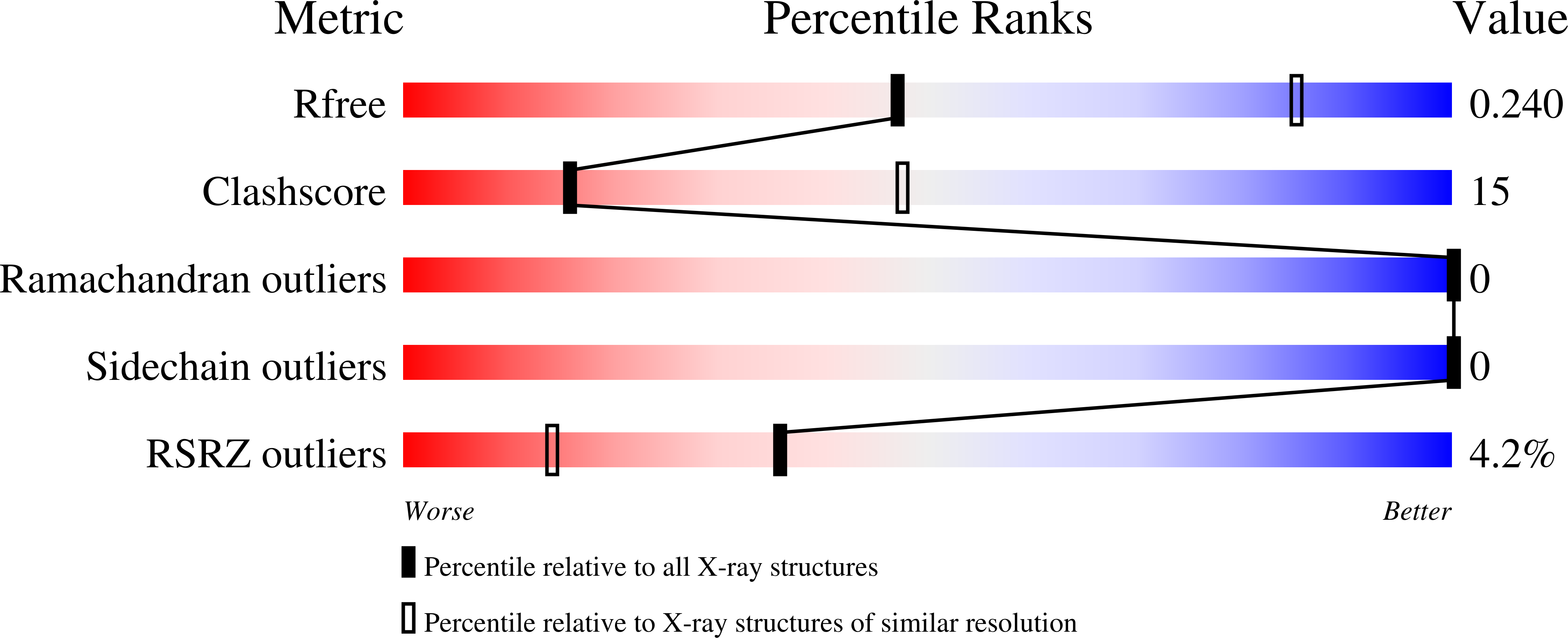
Deposition Date
2009-11-10
Release Date
2010-02-16
Last Version Date
2023-09-06
Entry Detail
Biological Source:
Source Organism:
Tobacco mosaic virus (Taxon ID: 12243)
Host Organism:
Method Details:
Experimental Method:
Resolution:
3.01 Å
R-Value Free:
0.25
R-Value Work:
0.23
R-Value Observed:
0.24
Space Group:
C 1 2 1


